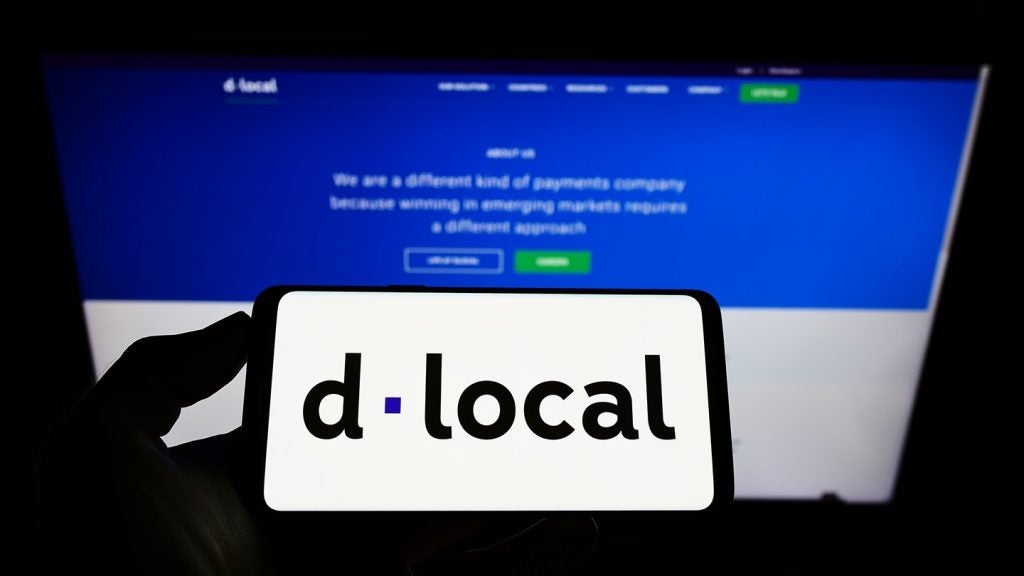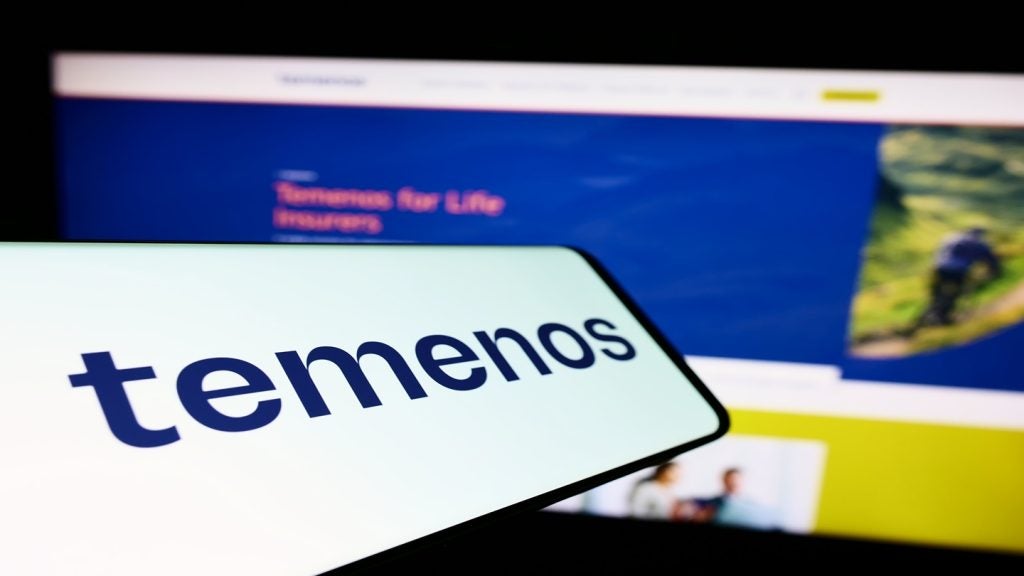Global payment processor TSYS has secured extensive
footholds in international markets but is determined not to rest on
its laurels. The company is now set on expanding its presence in
India, one of the fastest-growing payment markets in the world, as
Charles Davisreports.
Sensing tremendous opportunity in one of the world’s
fastest-growing economies, the US processor TSYS is strengthening
its presence in India as a key part of its international
expansion.
CI spoke with Kelley Knutson,
executive vice-president of TSYS International based in London, and
Amit Sethi, newly-named managing director of TSYS India and South
Asia. Both stressed the enormity of the opportunity in India and
other international markets.
In a nation of 1.15 billion people, where the
average age is 25, less than three percent of the population has
cards and less than one percent of personal consumption is
purchased using cards. India is the second-fastest growing market
for cards in the Asia-Pacific. The country’s credit card base,
pegged at 27 million in 2007, is growing at an annual rate of 30 to
35 percent, according to Euromonitor.
In addition, the number of debit cards issued
by banks more than doubled between 2006 and 2008. Also, credit card
issuance grew by around 60 percent during the same period.
Low penetration means huge
potential
How well do you really know your competitors?
Access the most comprehensive Company Profiles on the market, powered by GlobalData. Save hours of research. Gain competitive edge.

Thank you!
Your download email will arrive shortly
Not ready to buy yet? Download a free sample
We are confident about the unique quality of our Company Profiles. However, we want you to make the most beneficial decision for your business, so we offer a free sample that you can download by submitting the below form
By GlobalDataFuture growth potential in this
market is tremendous, particularly due to low payment card
penetration coupled with low card spending, Sethi told CI.
Shifts in consumer spending patterns will also give impetus to the
growth of the Indian payment card market.
Sethi, a 25-year payments veteran based in New
Delhi, will be responsible for all business development and
outsourcing activities in the region. He has held several executive
positions with companies such as Visa International, KPMG, Bank of
America, HSBC, Oracle Corporation and iGate. Most recently, he was
global sales head of financial services and service industries for
Sutherland Global Services. He was responsible for leading a global
sales team for selling business process outsourcing and call centre
services delivered out of India, the Philippines, the US, Canada
and Mexico.
TSYS’s existing footprint includes some of the
highest ranked banks in India and in 2006 TSYS successfully
achieved one of the largest credit conversions outside of the US
for India’s second-largest bank and largest private sector bank.
TSYS has offices in Mumbai and New Delhi, represented by 19 offices
and more than 8,000 employees.
“A lot of companies leverage India for product
development and support, but we see India as an organic market,”
Sethi said. “Growth has slowed in the last year or so, but debit is
still going strong.”
Sethi said on the merchant side, tremendous
opportunities for expansion across a wide variety of sectors will
keep TSYS representatives busy for years.
“On the acquiring side, we have between
350,000 and 400,000 merchant locations in a nation this large, so
there are huge opportunities, but the challenges are great,” he
said.
Sethi said that unlike many developed nations,
India has no tradition of big-box, multi-location retailers, but he
expects that to change in the near future.
“There is not really a culture of point of
sale transactions, but as retailers begin to roll out terminals and
educate consumers, we expect that to change,” he said.
New technologies driving the
market
Sethi said that India could blow the
top off growth projections once consumers begin embracing new
technologies. He cited ATMs as an example.
In 2000 there were 1,000 ATMS, and
now that number is at 40,000 and growing rapidly. Similarly, in the
mobile phone sector, India has grown from 3.5 million devices in
2000 to between 360 to 380 million, with 10 million more each
month.
“Mobile adoption is simply mind-boggling, and
95 percent of them are prepaid, so we don’t have to explain it to
anybody,” he said.
Knutson told CI that India will play
a huge role in TSYS’s international plans, along with Japan, China
and Brazil, where TSYS is expanding established operations.
“Over 5 to 10 years, we see India zooming to
be our second-largest market,” Knutson said. “India is the kind of
market where you could grab market share pretty quickly if you go
in and offer the right products.”
Market and product
diversification
Knutson said that TSYS’s
international strategy revolves around geographic and industry
diversification.
“A number of these larger Indian banks will
begin straddling two or three countries, and for us, it fits nicely
in our strategy,” Knutson added. “Diversification geographically
and across product sets – we’ll be expanding in some of these
markets simultaneously, and deepening relationships.”
Sethi added that India demands a local touch
and real understanding of market dynamics and the regulatory
environment.
“India is a fairly tightly concentrated
market, and there is a relatively high level of government control
and oversight,” he said. “Lending is fairly well structured by the
government, so you have to have that local knowledge to maximise
opportunities.”
For the moment, at least, Sethi said the
competitive environment is fairly benign, with two or three local
competitors and a Russian software development firm servicing the
market. The eye-popping numbers of Indian consumers and the
emerging middle class will bring other international players soon
enough, though.
“We know the competition will be coming, so we
are moving as fast as we can to strengthen our presence,” he said.
“This market is ready to take off. The competition really is still
between all cards issuers and cash – 80 percent of the market is
still cash.”







